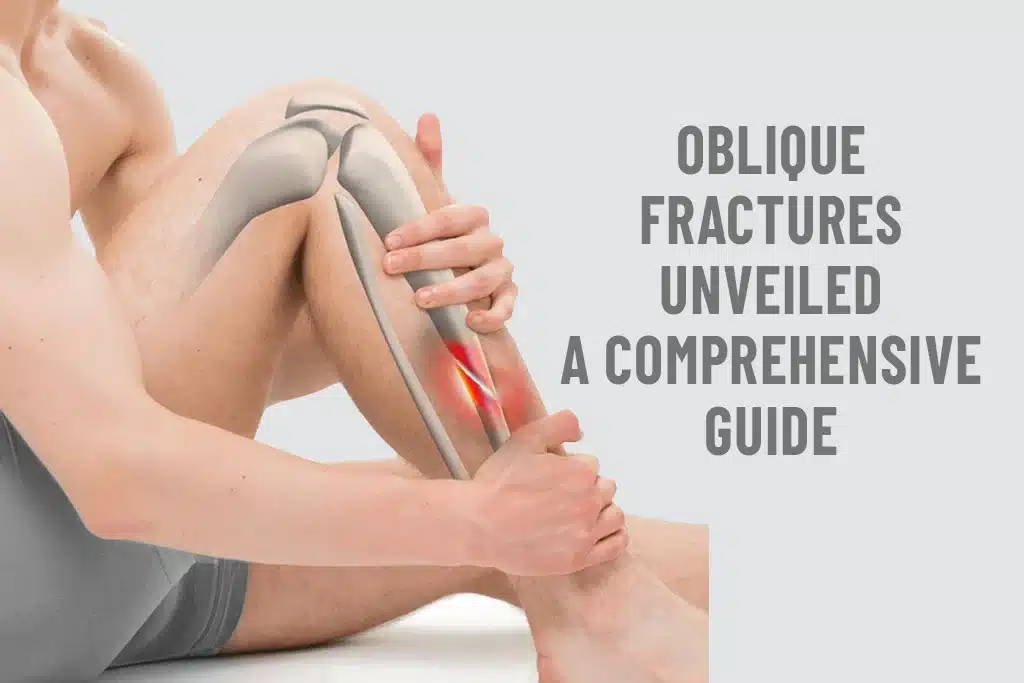A sprained ankle is a common injury that can happen to anyone, from athletes to everyday individuals. It occurs when the ligaments that support the ankle joint are stretched or torn due to a sudden twist or roll. Prompt treatment is crucial to ensure proper healing and prevent long-term complications. In this article, we will explore how to recognize the signs of a sprained ankle and the steps to treat it effectively.
Causes of a Sprained Ankle
The most common cause of a sprained ankle is when the foot rolls inward, stretching the ligaments beyond their limits. This often happens during activities that involve rapid changes in direction or when walking on uneven surfaces. High-impact activities like basketball or running can also lead to ankle sprains.
Recognizing a Sprained Ankle
Identifying a sprained ankle is vital for immediate care. Common symptoms include pain, swelling, bruising, and difficulty walking or bearing weight on the affected foot. It’s essential to differentiate between a sprain and a fracture, as the latter requires different treatment.
Self-Care and Initial Treatment
If you suspect a sprained ankle, the R.I.C.E method (Rest, Ice, Compression, and Elevation) should be applied immediately. Rest the injured foot, apply ice to reduce swelling, use compression bandages to support the ankle, and elevate the foot to minimize inflammation. Over-the-counter pain medications can help manage discomfort.
Seeking Professional Medical Help
While most sprained ankles heal with self-care, certain situations require medical attention. If the pain is severe, the swelling is excessive, or the ankle appears deformed, it’s crucial to consult a doctor. They may recommend X-rays or MRIs to rule out fractures and assess the extent of the sprain.
Treating a Sprained Ankle
Once the initial swelling subsides, physical therapy and rehabilitation exercises play a crucial role in the healing process. These exercises help restore strength, flexibility, and stability to the ankle. Ankle braces and supports can also be beneficial during the recovery period.
Preventing Ankle Sprains
Preventing ankle sprains involves strengthening the muscles around the ankle joint. Simple exercises like calf raises and ankle circles can improve stability. Wearing appropriate footwear with good ankle support is also essential, especially during sports activities.
Returning to Physical Activities
Resuming physical activities should be a gradual process. Starting with gentle exercises and slowly increasing intensity reduces the risk of re-injury. It’s essential to listen to the body and not push beyond its limits. Additionally, using ankle braces or supports during activities can provide added protection.
Common Myths About Ankle Sprains
There are various misconceptions surrounding ankle sprains. One common myth is that you can “walk it off.” However, this approach can worsen the injury. Additionally, even mild sprains should not be ignored, as proper treatment is necessary for optimal recovery.
Complications and When to Worry
In some cases, ankle sprains can lead to chronic ankle instability, where the joint remains weak and susceptible to re-injury. It’s essential to monitor the healing process and seek medical attention if there are concerns about the recovery progress.
Ankle Sprains in Children
Children’s ankle sprains require special attention due to their developing bones and ligaments. Treatment approaches may differ from those for adults, and parents should be aware of the unique considerations for pediatric ankle sprains.
Ankle Bracing vs. Taping
Both ankle braces and taping are commonly used to support and protect the ankle during physical activities. Each method has its advantages and disadvantages, and understanding their differences can help individuals make an informed decision about which option suits them best.
Alternative Treatments and Therapies
While conventional treatments are effective, some people explore alternative therapies for ankle sprains. Techniques such as acupuncture and the use of herbal remedies have gained popularity. However, it’s crucial to consult with a healthcare professional before trying any alternative treatment.
The Role of Nutrition in Recovery
Proper nutrition plays a vital role in the healing process. Foods rich in anti-inflammatory properties, vitamins, and minerals can aid in reducing inflammation and promoting tissue repair. Including these foods in the diet can support the body’s natural healing mechanisms.
Conclusion
A sprained ankle can be a painful and inconvenient injury, but with proper care and treatment, most individuals can recover fully. Recognizing the signs of a sprained ankle and taking immediate self-care measures can significantly improve healing outcomes. In more severe cases, seeking medical attention and following a comprehensive treatment plan is essential for a smooth recovery.
FAQs (Frequently Asked Questions)
How long does it take for a sprained ankle to heal?
The healing time for a sprained ankle varies depending on the severity of the injury. Mild sprains may take a few weeks to heal, while more severe sprains can take several months.
Can I resume sports activities immediately after the pain subsides?
It’s essential to follow a gradual return-to-activity plan to avoid re-injury. Start with gentle exercises and slowly increase intensity over time.
Should I apply heat or ice to a sprained ankle?
During the initial stages, ice is recommended to reduce swelling. After a few days, heat therapy can help with blood flow and promote healing.
Can I prevent ankle sprains altogether?
While it’s not always possible to prevent ankle sprains completely, strengthening the ankle muscles and wearing appropriate footwear can significantly reduce the risk.
When should I consult a doctor for a sprained ankle?
If the pain is severe, the swelling is excessive, or you suspect a fracture, it’s crucial to seek medical attention immediately.






